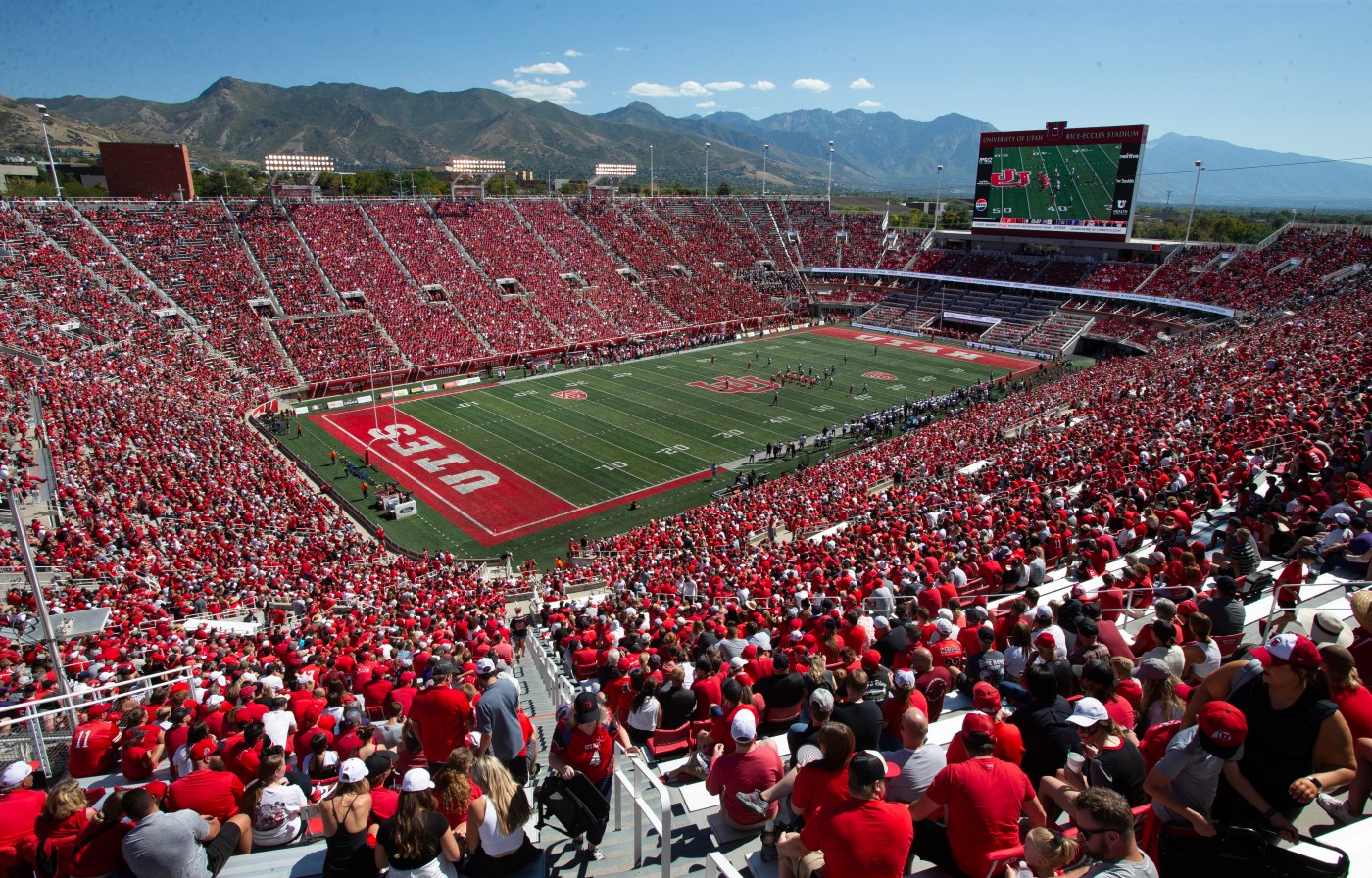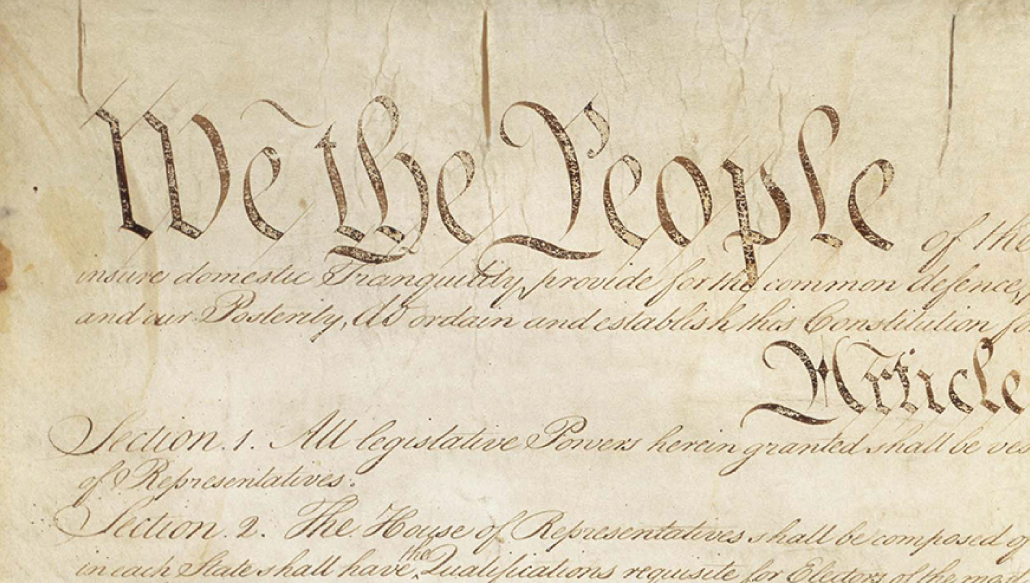The Hotline mailbag publishes weekly. Send questions to [email protected] and include ‘mailbag’ in the subject line. Or hit me on the social media platform X: @WilnerHotline
Some questions have been edited for clarity and brevity.
In your opinion, which college football programs in the West, either Pac-12 legacy schools or others, are going to have an outstanding year? — MrEd315
The obvious answers are Oregon and Arizona State, the defending Big Ten and Big 12 champions, respectively. Of the two, the Sun Devils might have more favorable conditions for a repeat given their established quarterback (Sam Leavitt) and the dearth of powerhouses in the Big 12.
The Associated Press preseason poll reflects their twin perches: Oregon is No. 7, with a first-place vote, while ASU is No. 11, its highest preseason position since 1998.
Had this column been published 24 hours earlier, we would have included Boise State on the short list. But the Broncos looked like a playoff pretender in the blowout loss at South Florida on Thursday afternoon. (Thank goodness for our publishing schedule.)
Aside from the two obvious selections, six teams are candidates for upside surprises:
1. Utah: The overhauled offense with quarterback Devon Dampier and playcaller Jason Beck should produce more big plays and touchdowns, the offensive line is one of the best in the country, the defense is always stout and the injuries should revert to the norm. Also, the Big 12 is winnable every year, for every team. The only thing that gives us pause is Dampier’s unproven efficiency from the pocket. At some point — at several points, probably — he must deliver the ball on target and on time in a pressure situation.
2. Washington: The case for the Huskies to leap onto the top tier of the Big Ten is threefold: Year-over-year improvement under coach Jedd Fisch; UW holding its own along the lines of scrimmage; and the trio of quarterback Demond Williams Jr., tailback Jonah Coleman and receiver Denzel Boston making big plays in the biggest games. Our best guess is the Huskies finish 5-4 or 6-3 in conference play, likely in a multi-team tie somewhere within the top half of the standings. The bar for an elite season is 7-2 in league and 10-2 overall.
3. Oregon State: Yes, the Beavers are well positioned for a breakout season. Granted, a big year in a two-team conference with a soft, Independent-style schedule creates a major caveat. But ultimately, 9-3 or 10-2 would stand on its own as an impressive year loaded with momentum. Much depends on transfer quarterback Maalik Murphy. It’s easy to envision the Duke transfer exceeding DJ Uiagalelei’s efficiency level, for example, and providing the offense with a dimension it hasn’t possessed in years.
4. USC: Framing the Trojans as a potential sleeper is not a compliment in any way, shape or form — not with their tradition, recruiting base and resources. But coach Lincoln Riley has managed to empty-backfield his way into mediocrity with a .500 mark in conference games the last two years. The path to contention in the Big Ten this fall begins with improved physicality on both lines of scrimmage and a determination to run the ball effectively. From there, it requires more efficiency from quarterback Jayden Maiava and better execution in the fourth quarter (from the offense, defense, special teams and coaching staff).
5. UNLV: The Dan Mullen experiment is fascinating in that it looks so much like the Barry Odom experiment, with a former SEC head coach hoping to revitalize his career, that worked stupendously for the Rebels. That said, we’re hesitant to cast them as a potential sleeper because the expectations are high already: UNLV was picked second in the Mountain West preseason media poll and received respectable voting support for a spot in the AP rankings. The bar for an upside surprise is a conference championship.
6. The X factor: Don’t discount the possibility that a team we haven’t listed, or even considered, will emerge as a conference title contender — the 2025 version or Arizona State, in other words. Could that be Brigham Young with a new quarterback? Or maybe UCLA, Cal or Colorado? What about San Diego State or San Jose State? Or perhaps Arizona?
Count on a surprise from somebody, somewhere.
After an offseason of turnover at the quarterback position, which teams among Oregon, Texas, Ohio State, Alabama, Miami, Mississippi, Michigan, UCLA and Tennessee — or a team I left out — do you think will handle the transition the best? — Jon J
The degree of quarterback continuity, or uncertainty, is often framed as the $1 million preseason question, and a quick check of expectations confirms:
Arizona State (Leavitt), LSU (Garrett Nussmeier), Penn State (Drew Allar) and Clemson (Cade Klubnik) are viewed as frontrunners in their respective conferences because of the stability and proven production from their returning starters.
But if you’ll recall, the last teams standing in 2024, Ohio State and Notre Dame, had quarterbacks plucked from the transfer portal the previous offseason (Will Howard for the Buckeyes and Riley Leonard for the Irish).
Our default position with regard to the 2025 lineup of first-year starters is hardly groundbreaking. The quarterbacks with the best coaching and the best offensive lines will emerge as the most successful.
With that starting point, Arch Manning (Texas), Austin Simmons (Mississippi), Dante Moore (Oregon) and Ty Simpson (Alabama) stand atop our list.
Simpson has received limited attention nationally. But he spent three years as a backup in Tuscaloosa and should benefit from new playcaller Ryan Grubb, who has reunited with Kalen DeBoer, and an offensive line loaded with future pros.
We are a bit cautious in presuming immediate success for Nico Iamaleava (UCLA), Julian Sayin (Ohio State), Bryce Underwood (Michigan), Carson Beck (Miami), mostly because of the playcalling piece.
Two other fresh faces are worth mentioning:
— Oklahoma’s John Mateer, the Washington State transfer who will be playing for his WSU coordinator (Ben Arbuckle) and is a proven dual-threat dynamo.
— Houston’s Conner Weigman, a former five-star recruit who spent three years at Texas A&M and will benefit from the Cougars’ expert coaching.
Does the Mountain West lack funds to make a reasonable settlement offer to the Pac-12? Does it have to take the matter to trial and hope for a win? If the conference loses at trial, even in part, does it have the resources to pay? — Steve Q
Unfortunately, we cannot offer a single, crisp and clean answer — in large part because there are two lawsuits: The poaching penalty suit filed by the Pac-12 and the exit fee suit filed by Colorado State, Utah State and Boise State.
If both cases went to trial and the Mountain West got swept, it would be devastating. As we outlined last week, survival is not guaranteed for the conference, at least not until it secures a media rights deal. And the networks could very well be waiting for clarity on the legal cases before committing buckets of cash.
But instead of venturing into the weeds of various scenarios, let’s step back and offer one piece of advice to fans of both the new Mountain West and the new Pac-12: Despite the mediation dead-end, a settlement remains, by far, the most likely outcome.
Nobody wants the cases to end up in court because nobody wants to risk ending up with nothing — and because the university presidents don’t want internal business to become part of the discovery process.
The next key date is Sept. 9, when the court hears the Mountain West’s motion to dismiss the poaching penalty lawsuit.
If the motion is denied, the advantage shifts to the Pac-12.
If the motion is granted, the Mountain West celebrates.
And if one side senses trouble coming, perhaps there’s a settlement just prior to the hearing.
Are you surprised that neither the Pac-12 or Mountain West seems interested in adding Saint Mary’s? Obviously, it’s a strong basketball brand, but is the school’s small size (enrollment and arena) a hindrance? — @NateJones2009
The Gaels are viewed as a possible addition to the Pac-12 in large part because of their on-court success and rivalry with Gonzaga. But the bar is extraordinarily high for schools that don’t play football.
Yes, their enrollment (approximately 2,000 undergraduates) and arena (capacity: 3,500) are less than ideal, but we see two other matters as possible obstacles.
The first is specific to basketball, and what becomes of the Gaels after 63-year-old coach Randy Bennett retires, whether that point comes sooner or later. Gonzaga has the resources to thrive after Mark Few steps down and will be a coveted job. That’s not the case for SMC in the post-Bennett era.
The second obstacle is connected to the university more broadly: Saint Mary’s is under significant financial stress — its credit rating was downgraded by Moody’s two years ago — and we can’t help but wonder if the Pac-12 is concerned about the school’s ability to support men’s basketball at the desired level.
The willingness and ability to invest for success is a critical piece of the new Pac-12’s expansion strategy.
The conference very well could end up adding the Gaels. But if you’re wondering why Saint Mary’s isn’t viewed as a no-brainer candidate, the post-Bennett uncertainty and the wobbly financial situation could be sources of concern.
What are the odds the new Pac-12 has a guaranteed football rival that teams would play in a home-and-home series? It would fill in the schedule a bit — finding five non-conference teams is looking to be a tougher task. — @ncwcougfan
You have either read our mind or read our content, because the Hotline views home-and-home series as an unusual but plausible strategy for the conference.
Put another way: If the options are 1) add a school just for scheduling purposes, 2) play only seven conference games or 3) stand on eight schools and play eight conference games using the home-and-home approach, well, the answer is perfectly clear to us.
The availability of opponents for non-conference games is evolving in the aftermath of the SEC’s decision to play a nine-game league schedule.
The change could create opportunities for Pac-12 teams or lead to lower demand. The answer should become clear in the next few months.
Can the Pac-12 wait that long to build its 2026 schedule? Probably not.
Adopting a home-and-home format comparable to what Washington State and Oregon State are doing this fall is a way to buy time. The conference could always cancel the second game in the series if better options surface.
Fun with schedules: Utah won’t leave the state from Sept. 28 to Nov. 14, an SEC-style 48 consecutive days of home-cooked meals. Seems like that would be an advantage. Historically speaking, is it? — Matthew K
You are correct. The Utes visit West Virginia on Sept. 27 and Baylor on Nov. 15. In between, their weekly schedule is the following: bye, vs. Arizona State, at BYU, vs Colorado, vs. Cincinnati, bye.
That’s six consecutive Saturdays filled with home games, byes and a bus ride to Provo.
Related Articles
West Coast recruiting: The “wonky” calendar, the Lyons Watch and a focus on underclassmen
Cal football: Boosters, chancellor brighten revenue picture as Bears enter 2025 season
College football Week 1 picks: Texas, Clemson, Notre Dame will cover
Big 12 football: CFP fate could be sealed by Week 3 after SEC, Big 10 games
Pac-12 media rights: The CW mirrors CBS, signs deal for football, hoops
The Hotline doesn’t have the relevant historical data needed to state definitively whether the Utes have an advantage, but we can offer the following:
Home is better than road, short bus rides are better than long plane rides, and everything depends on performance.
If the Utes play to the standard set from 2018-23, the schedule will have a compounding effect on success.
If they flounder as a result of poor coaching, bad execution or myriad injuries, then home cooking and familiar beds won’t matter much.
After all, Utah lost four home games last season.
What’s the outlook for bowl partnerships beyond the 2025 season, specifically for the Pac-12 but also generally? — @go_dawgs89
The Hotline will have plenty to offer on the matter once there is something to offer. For now, the rebuilt Pac-12 faces the same issue as every other conference for the next bowl contract cycle.
Nothing will happen until the College Football Playoff sets its format for the 2026 season.
The bowls and conferences are waiting on the CFP, which could hold steady with 12 teams or expand to 14, 16, 24 or 28 (or who knows how many)?
The status quo would be ideal for the bowl system, and that’s a distinct possibility in the short term.
If the CFP cannot settle on an expansion format before Nov. 30, the event won’t change for next season and bowl arrangements could remain intact for another year.
If the CFP expands for 2026, the bowl tie-ins for many conferences could change.
One way or another, we’ll know by the end of November.
*** Send suggestions, comments and tips (confidentiality guaranteed) to [email protected] or call 408-920-5716
*** Follow me on the social media platform X: @WilnerHotline





